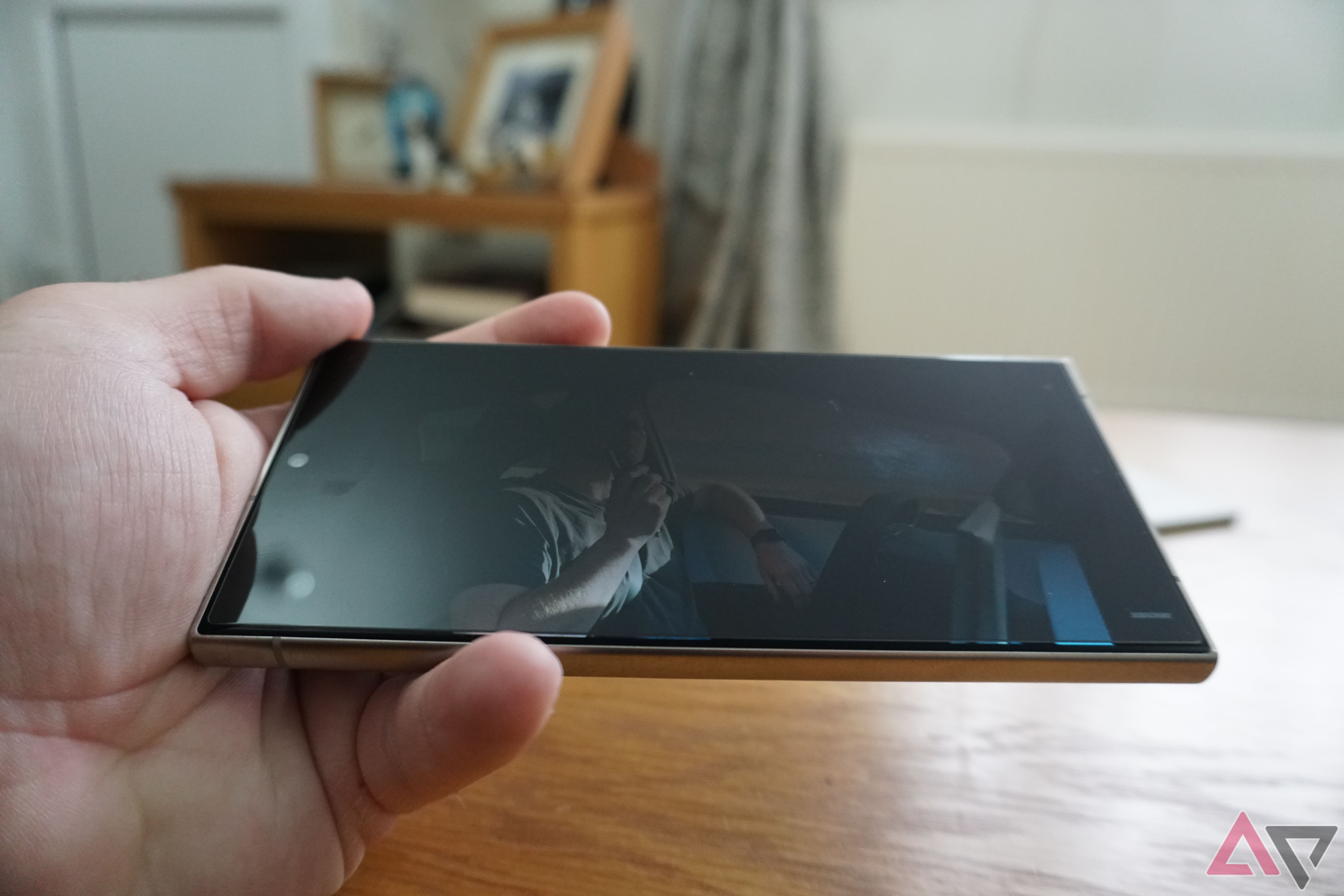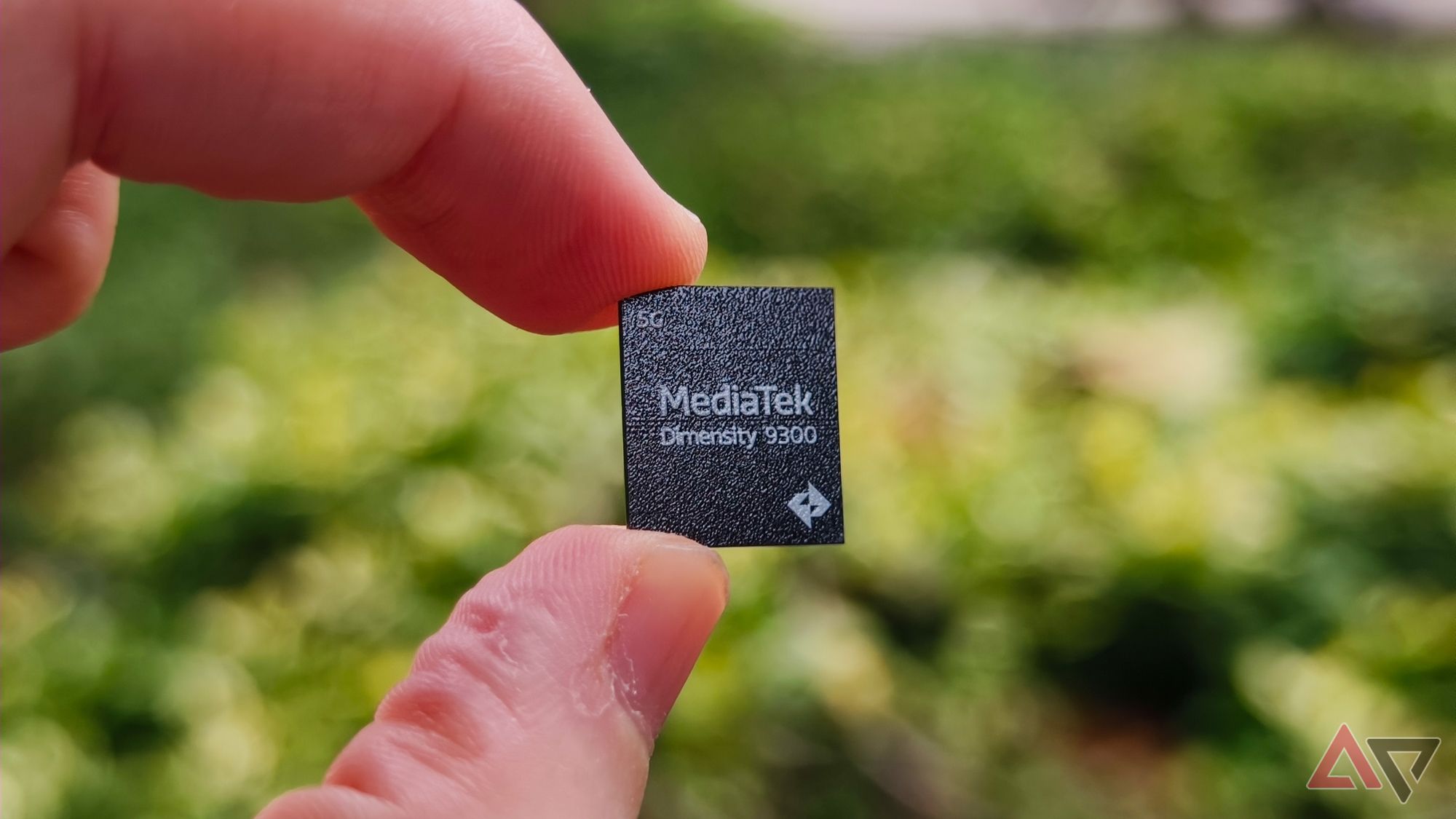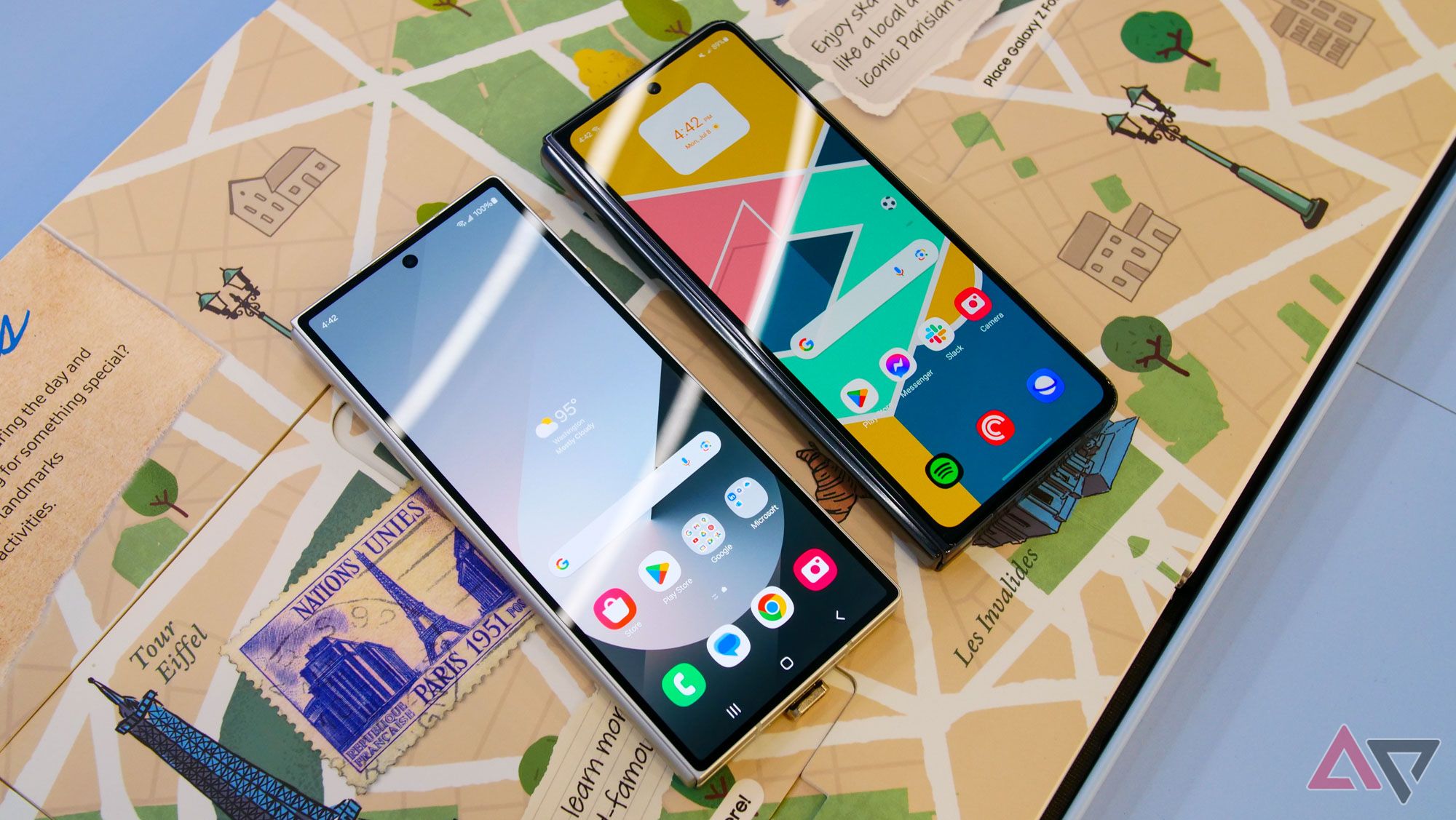Qualcomm is about to shake up the world of Android when it releases the Snapdragon 8 gen 4 chip, but not how you think. Rumors of a significant price hike for this powerful new chip are widespread, possibly making the processor prohibitively expensive for many mid-range OEMs. This could pave the way for a dramatic shift in the mid-range market as competition heats up and companies like MediaTek get a chance to shine.
It’s not just the OEMs who will feel the effects of this price hike. Consumers will ultimately bear the brunt of the increased cost, driving them to explore more affordable mid-range options. The mid-range is the first place they’ll see, spurring competition and innovation. Qualcomm’s price hike could ultimately be the catalyst that kicks Android out of its slumber.
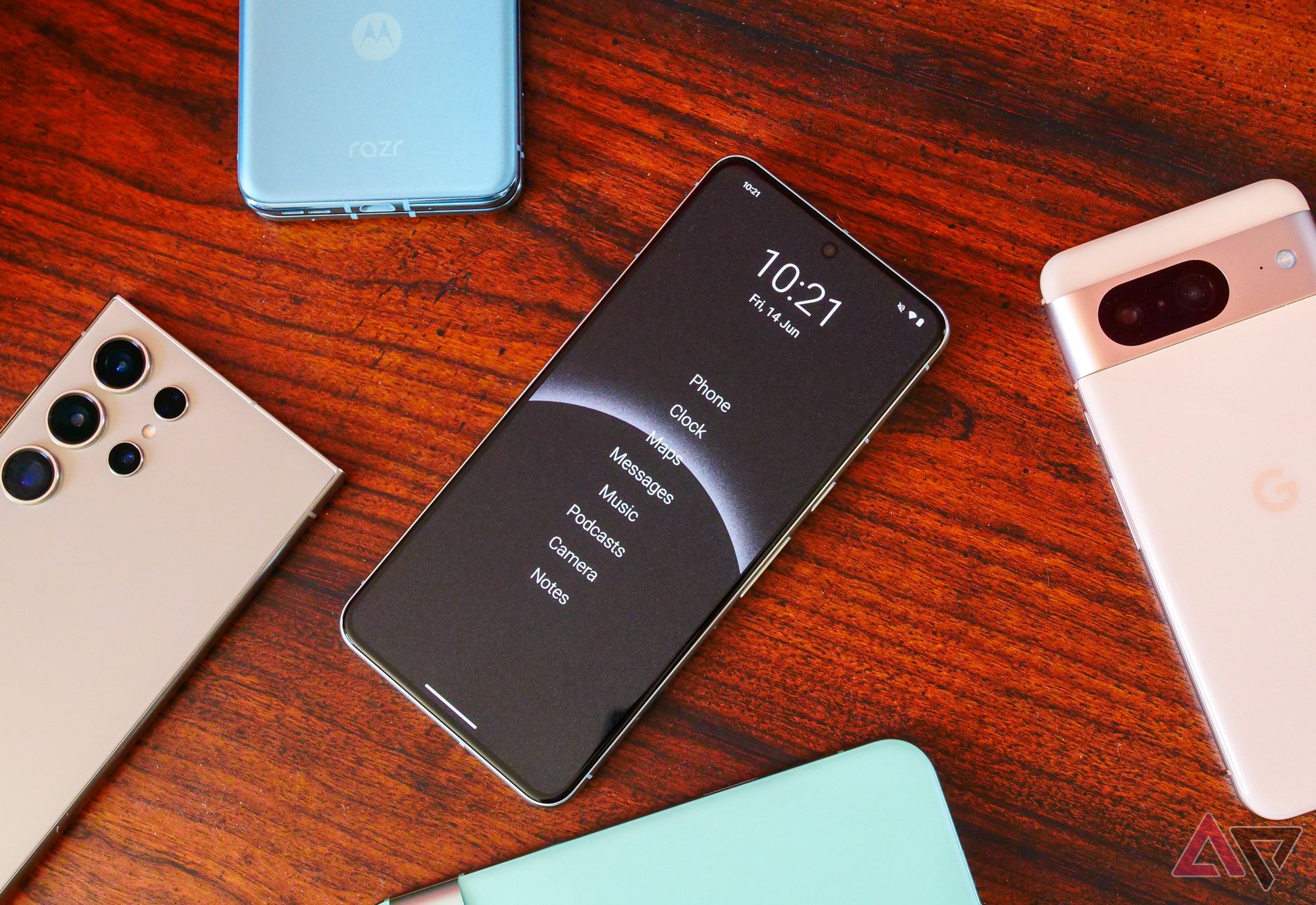
Related
I’m utterly bored by modern mainstream smartphones
Since when did technology become so conformist?
What we know so far
A brief rundown of the SnapDragon 8 Gen 4
All the leaks and rumors we’ve heard tell us this is going to a powerhouse processor with a hefty price tag. We’re talking a price tag of between $220 and $240 per unit, which is a 30% increase over the current SnapDragon 8 Gen 3’s price. Several factors are at play here.
First, the new chip is made using the 3nm process rather than the 5nm process of the previous generation. Additionally, Qualcomm is reportedly ditching ARM cores in favor of their own custom Oryon cores, which could drive up costs.
Of course, these changes also increase the power of the chip. We’re talking about a substantial performance boost of up to 4.26 GHz, which puts it above any other mobile processor on the market, including Apple’s A18 processors. That seems like a huge win for the high-end of the Android market until you look at some of the drawbacks.
One of those is power draw. This chip is expected to slurp 14.2W of power, meaning any device with it will need to pack an enormous 6,000 mAh battery just to keep pace. That will create more heat, so larger vapor chambers will be needed. All of this points to big, super-expensive devices, and we’re not sure everybody will be on board with it.
The mid-range beckons
Exciting stuff is already happening in Android land
Where will disillusioned Android users turn? The most logical answer is the mid-range. I recently wrote about the innovation and excitement going on here. This segment has been gaining traction thanks to powerful and fun devices at a fraction of the cost of a boring old Galaxy S phone. Companies such as Oppo, Nothing, and OnePlus offer great devices, yet you’ll rarely see them on a store shelf. They keep their prices low by using less-powerful yet fully capable chips. These chips are powerful enough for gaming, web browsing, and chatting. Stuff the average user needs.
Take the $599 Nothing Phone 2 as an example. In addition to a unique design, it has:
- a 6.5” display,
- a 120hz OLED screen,
- 12 GB of RAM,
- a 50 MP Sony camera next to a 50 MP Samsung ultra-wide camera.
The phone is powered by a slightly older Snapdragon 8+ Gen 1 chip, which is seriously enough power for most people.
The mid-range is no longer the cheapo version of Android. These phones have become their own thing, and as the high-end phones get more expensive, we expect more consumers to turn their attention to this market segment.
How Qualcomm’s rumored price hike may affect the mid-range
More competition means more innovation, which means more customers
Competition will heat up in the mid-range as North America and Europe (and Australia) pay more attention to it. It will become more expensive for these smaller manufacturers to keep up if they want to use the latest Qualcomm, so expect more companies like MediaTek to fill the void.
MediaTek is a great example of innovation in this segment. The chipmaker’s Dimensity 9300 processor is an ARM-based AI-powered eight-core chip. Its four Cortex-X4 performance cores can reach 3.25 GHz, enough power for serious triple-A gaming. It uses TSMC’s 4nm process and LPDDR5 memory.
On paper, the chip is on par with the Snapdragon 8 Gen 3 without being overpowered and power-hungry, and MediaTek is known to negotiate great prices with OEMs.
But it’s not just MediaTek making waves in the mid-range. Google is squarely competing in this segment with its “a” series of Pixel phones. The Pixel 8a gets the same custom Tensor chip as its higher-end siblings. Then there’s the updated Motorola Razr that’s making waves while quickly becoming a top-selling phone. We predict more cool phones to appear in the mid-range segment as the high end becomes overpriced and stagnates.
It’s not all good news
Nothing is guaranteed, and there are challenges for mid-range devices
Of course, all of this is speculation. Markets are ridiculously volatile these days, and who knows what the future holds? An explosion of innovation and happy times in the mid-range segment is not guaranteed, thanks to a lot of challenges these OEMs face.
Parts continue to increase in price, putting pressure on smaller manufacturers. It gets harder and more expensive to load up a phone with 120 Hz OLED screens and 50 MP cameras. If demand increases, as we believe it will, smaller manufacturers like MediaTek may have a difficult time keeping the supply flowing.
Moreover, there’s the issue of brand loyalty and carrier contracts. Most people are simply comfortable sticking with whatever they’re used to. It could take serious sticker shock to change that, but only if the carriers stock something other than a few models of phone. You won’t find a OnePlus, OPPO, or Nothing Phone in most of the mainstream carriers’ inventories, so people won’t be aware of their existence.
Will you switch?
It’s impossible to know what will happen once Qualcomm’s new chips start to ship. Bigger and more expensive phones will certainly turn a few people off, but will they land on a mid-range device or switch to Apple?
Ultimately, we hope companies like MediaTek will be there to fill the void the Snapdragon 8 Gen 4’s rumored price could create in the Android market. Now that the lines between flagship and mid-range are blurring more than ever, consumers will finally have some choice again, which is a good thing indeed.
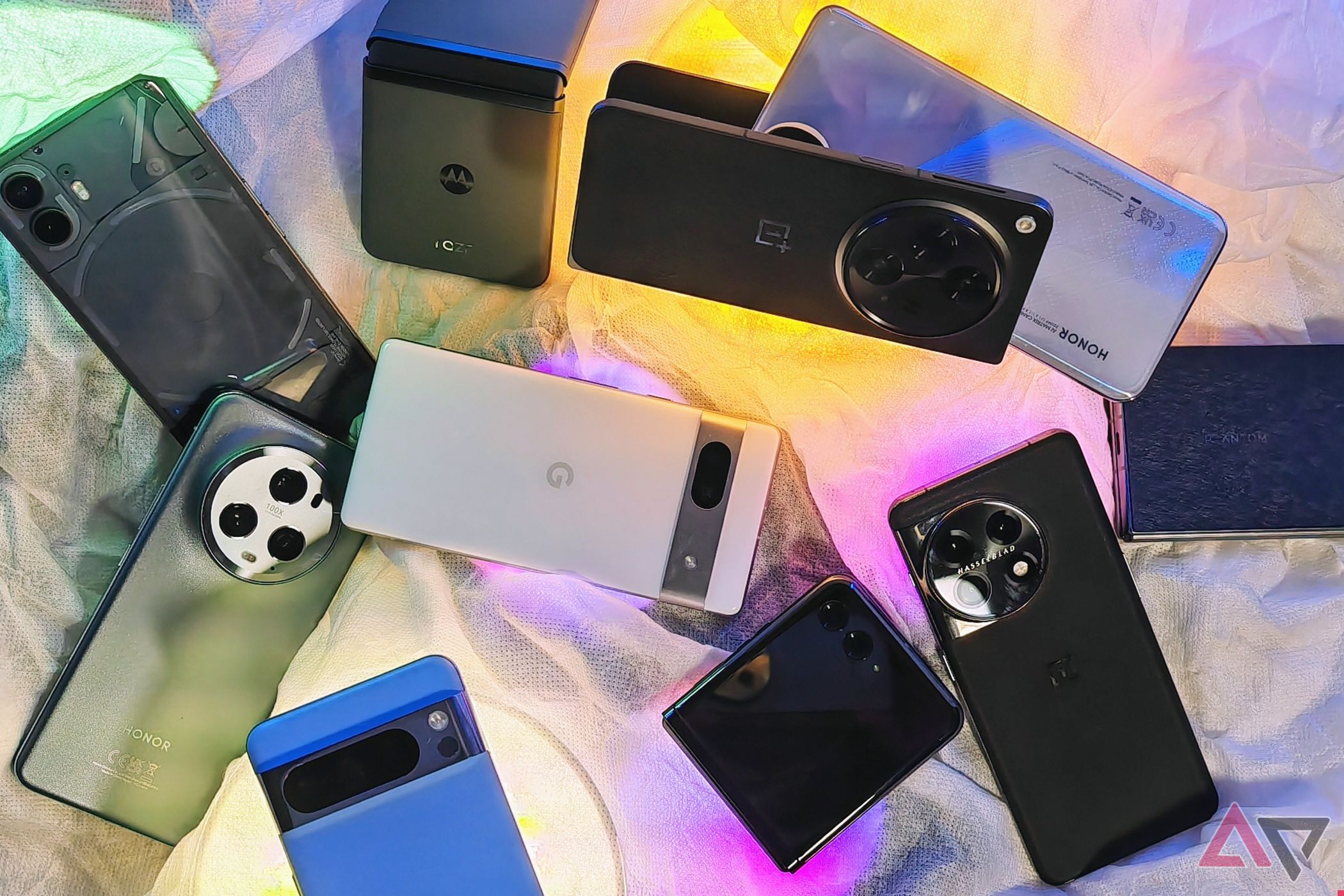
Related
With fewer smartphones than ever, why even bother buying a flagship?
The high-end is boring, and sales reflect it
Source link

